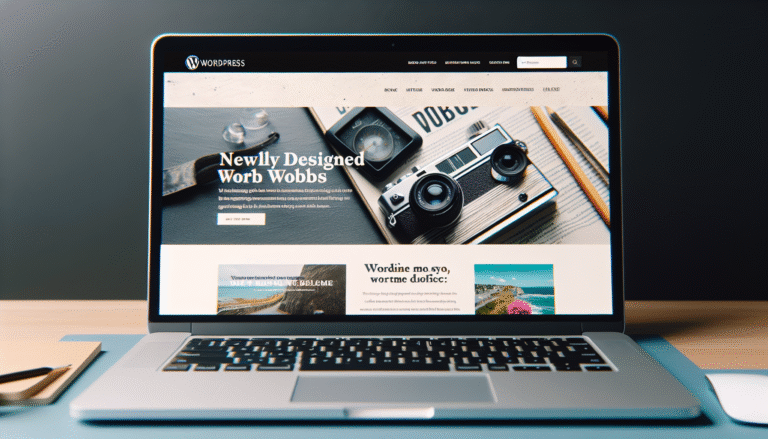
Facebook ads pricing is crucial for your business’s success. While some view it as an expense, it is a strategic investment in increasing your company’s visibility and growth.
Many business owners dive into ads without a proper plan, neglecting details, overspending on the wrong audience, or failing to analyze data. This depletes resources and can harm credibility if ads repeatedly reach disinterested people.
The good news is that understanding how Facebook calculates costs can help you use your marketing budget more effectively. You can refine targeting, choose the right bidding strategies, and adjust your budget based on real-time results.
Each step in this process turns your ad spend from a gamble into a calculated growth strategy.
Basic Concepts of Facebook Ads Pricing
Facebook ads pricing operates on a dynamic system where costs depend on the ad’s relevance and competition for audience attention.
The blank” rel=”noreferrer noopener”>average cost per click (CPC) on Facebook is around $1.88 across industries. While this provides a benchmark, your final cost may vary based on ad auction management, cost model choice, and factors like ad placements.
Auction Dynamics
The foundation of Facebook ads pricing is the blank” rel=”noreferrer noopener”>auction mechanism. When you create an ad targeting a specific audience, Facebook enters you into an auction with other advertisers competing for the same group. Winning isn’t just about the highest bid; it’s also about how well your ad connects with the audience.
Estimated action rates and overall relevance are critical factors. If your ad copy is strong and visuals engaging, Facebook’s algorithm may favor you, allowing you to pay less and still secure premium placements.
Optimizing creatives and targeting wisely can lead to success without the biggest bid.
Cost Models of Facebook Ads Pricing
CPC (Cost Per Click)
CPC means you pay only when someone clicks on your ad. If driving traffic to your website or online store is your main objective, CPC is ideal since you can track engagement and optimize based on click-through data.
Monitoring your blank” rel=”noreferrer noopener”>Click-Through Rate (CTR) is crucial because a low CTR can increase your CPC over time. A compelling ad with strong calls-to-action can boost clicks and lower CPC in the long run.
CPM (Cost Per Mille)
CPM stands for Cost Per Mille, the price you pay per 1,000 impressions. This model suits brand awareness campaigns aiming to maximize visibility. Industry stats suggest the blank” rel=”noreferrer noopener”>average CPM for 2024 was $13.75. CPM can quickly introduce your brand to a wide audience.
CPA (Cost Per Action)
CPA allows you to pay only when a specific action is taken, such as a purchase or newsletter signup. This option often costs more than CPC or CPM but can yield stronger returns if conversion-focused.
Additional Pricing Factors That Affect Your Facebook Ads
Ad Relevance and Quality Score
Facebook pricing depends on how relevant your ads are to viewers. The platform uses a quality score system, factoring in user interactions, negative reactions, and conversions. Higher-quality ads generally enjoy lower costs as Facebook rewards content that resonates with users.
Improve your score by ensuring headlines, visuals, and offers match audience interests. Engage viewers by addressing their needs or pain points. Useful, personalized ads tend to gain better engagement metrics over time.
Audience Targeting and Competition
Aiming for popular audiences—like those interested in “fitness” or “technology”—means more advertisers compete for attention, raising costs. Narrowing your audience by specific interests, behaviors, or locations can lower spend and increase conversion chances.
Ad Placement
Ad placement plays a major role in pricing. Ads in the News Feed or Instagram Feed are typically more expensive due to high engagement. In contrast, placements in Messenger or the Audience Network might be cheaper





